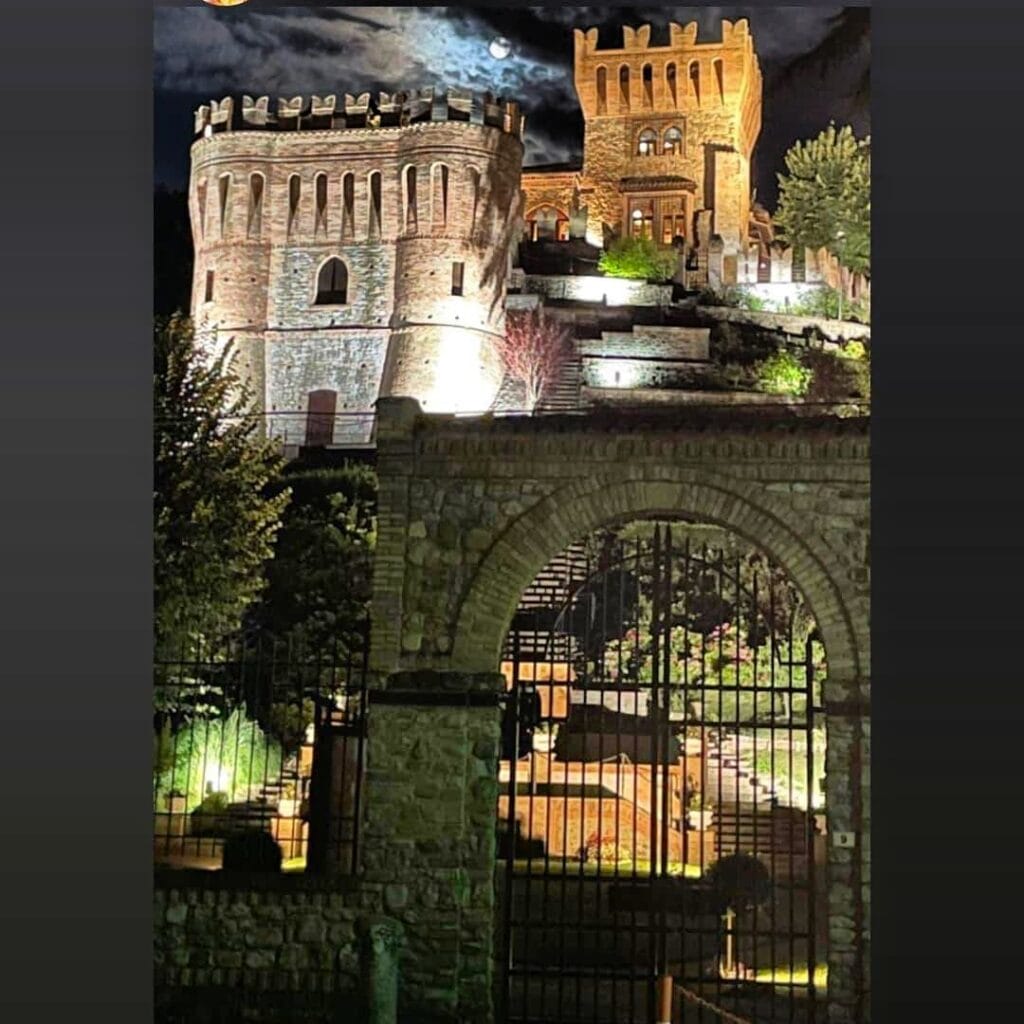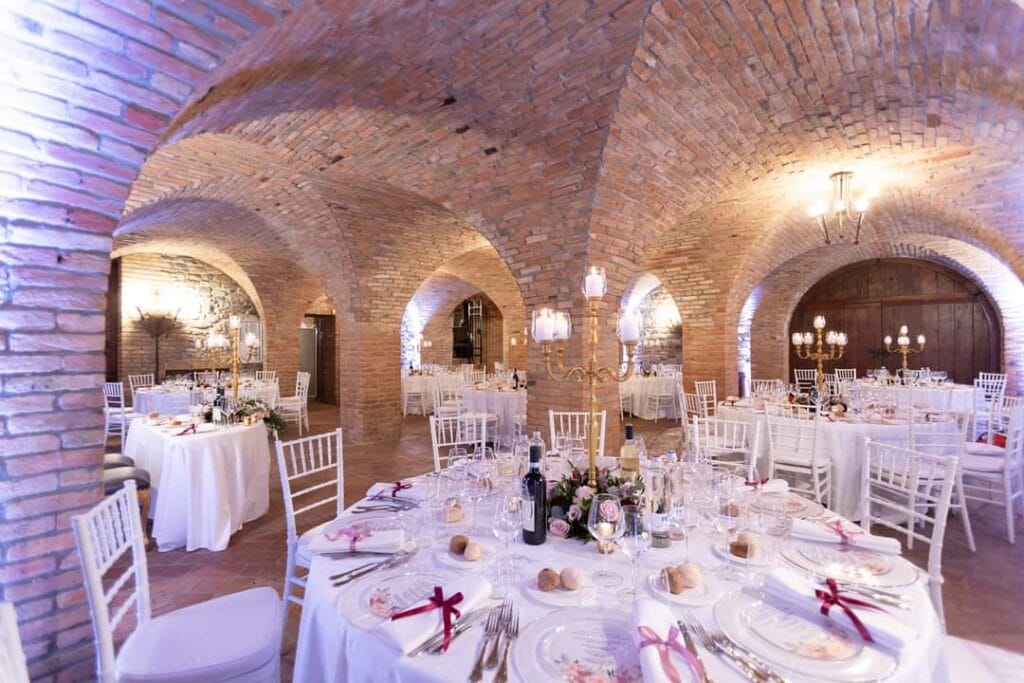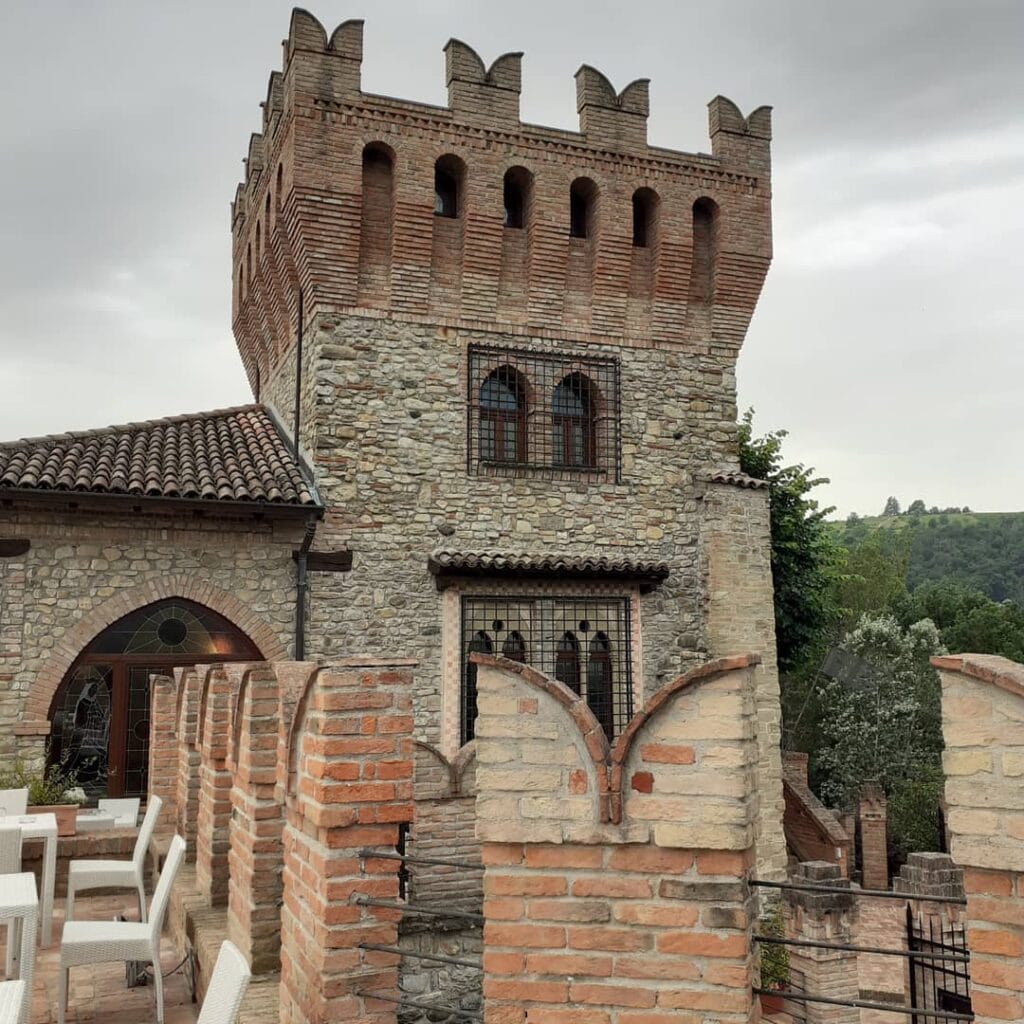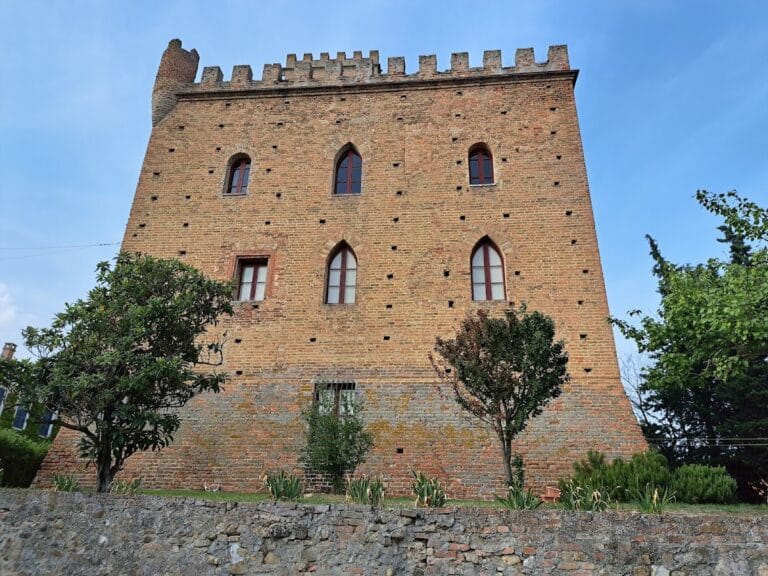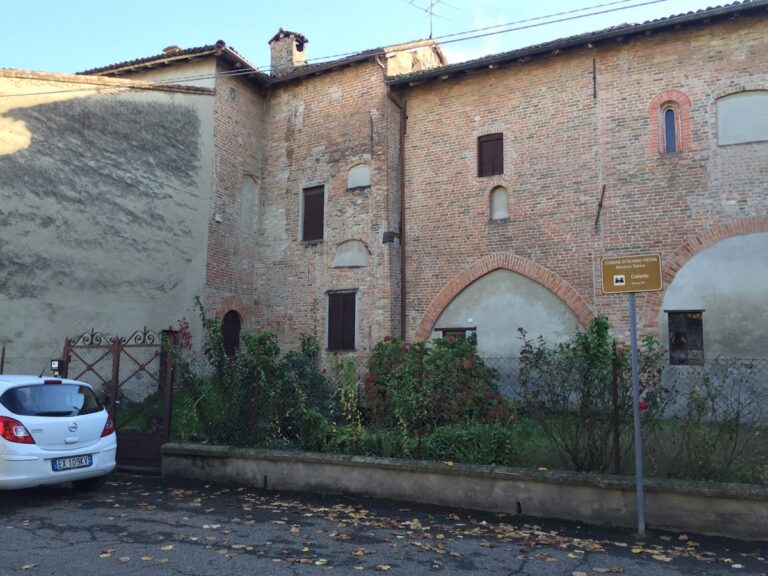Rocca di Montalfeo: A Historic Castle in Godiasco Salice Terme, Italy
Visitor Information
Google Rating: 4.7
Popularity: Low
Official Website: www.matrimonio.com
Country: Italy
Civilization: Unclassified
Site type: Military
Remains: Castle
History
The Rocca di Montalfeo stands in the municipality of Godiasco Salice Terme, Italy. Its origins trace back to a late Roman watchtower once located on Monte Alfeo, though the exact date when the castle was first built remains uncertain. The site’s early strategic significance arose from its elevated position overlooking the Staffora valley.
During the medieval period, the castle became a feudal holding of the Malaspina family of Godiasco. Their lordship was officially recognized by Emperor Frederick I in 1164 and reaffirmed by Henry VI in 1191 under the system of Imperial fiefs. The Malaspina’s connection to the castle placed it within the broader political framework of the Holy Roman Empire at the time.
The rise of the Visconti family in northern Italy brought new phases to the castle’s history. When the Visconti took on the role of imperial delegates, the Rocca di Montalfeo’s fate became closely tied to the Duchy of Milan. Notably, in 1365, conflict emerged between brothers Galeazzo II and Bernabò Visconti. Galeazzo II moved his court to Pavia, and tensions with the local Malaspina lords intensified. As a result, in 1375, Galeazzo II ordered the siege of the castle. Later, his successor Gian Galeazzo Visconti commanded its destruction in 1398, reflecting the ongoing disputes that marked the castle’s political landscape.
Despite its ruin, the castle was rebuilt in the following centuries, only to face destruction again in 1523 by Francesco II Sforza. This event occurred near the collapse of Visconti-Sforza dominance over Milan, marking the end of a significant era in the region’s governance. By the twentieth century, the Rocca di Montalfeo had fallen into abandonment and disrepair.
Restoration efforts took place between 1926 and 1929, reviving the castle’s structure. Further conservation work was completed in 2004, resulting in the castle’s current form. Historically, together with the nearby Castle of Nazzano on the opposite bank of the Staffora, the Rocca controlled the Lombard salt road—a vital trade route—and access towards the sea, underscoring its longstanding role in regional defense and commerce.
Remains
The present-day Rocca di Montalfeo consists of a central building accompanied by a prominent keep, known as the mastio, and a smaller, separate tower. The layout reflects the castle’s medieval military and residential functions, reconstructed after several cycles of destruction and rebuilding. Stone masonry forms the core of the construction, visible especially in the vaulted rooms and the sturdy columns supporting them.
Inside the castle, the main hall is notable for its coffered ceiling—a decorative architectural feature where the ceiling surface is divided into a grid of recessed panels—and walls fully adorned with frescoes, demonstrating attention to artistic detail in the interior spaces. From this main hall, one can descend to a lower floor that houses several rooms built with stone walls and vaulted ceilings supported by stone columns, indicating an emphasis on both structural strength and stylistic design.
Surrounding the castle, an Italian-style garden unfolds in terraces, creating defined outdoor spaces consistent with historic landscaping traditions linked to noble residences. The current condition of these structures and gardens results from 20th and early 21st-century restoration projects, which have carefully stabilized and preserved surviving elements while reconstructing parts of the complex to reflect its historical appearance.
Today, the castle remains under private ownership by the Faravelli family. Its spaces continue to serve purposes aligned with cultural and social activities, maintaining the site’s relevance within the local setting.

